China's State Council Information Office on Tuesday released a white paper titled "The Belt and Road Initiative: A Key Pillar of the Global Community of Shared Future."
The Belt and Road Initiative: A Key Pillar of the Global Community of Shared Future
The State Council Information Office of the People’s Republic of China
October 2023
Contents
Preamble
I. Proposed by China but Belonging to the Whole World
II. Paving the Way Towards Shared Development and Prosperity
III. Promoting All-Round Connectivity in Multiple Fields
IV. Injecting Positive Energy into World Peace and Development
V. Pursuing Steady and Sustained Progress in High-QualityBRI Cooperation
Conclusion
Preamble
Over two millennia ago, inspired by a sincere wish for friendship, our ancestors travelled across grasslands and deserts to create a land Silk Road connecting Asia, Europe and Africa, leading the world into an era of extensive cultural exchanges. More than 1,000 years ago, our ancestors set sail and braved the waves to open a maritime Silk Road linking the East and the West, beginning a new phase of closer communication among peoples.
Spanning thousands of miles and years, the ancient silk routes were not only routes for trade but also roads for cultural exchanges. They made a great contribution to human progress. In the 1980s, the United Nations and some countries began to envisage the Eurasian Land Bridge, the Silk Road Initiative, and other plans, reflecting a common wish to engage in communication and cooperation.
In March 2013, President Xi Jinping proposed the vision of a global community of shared future; in September and October that year, he raised the initiatives of joining with others to build a Silk Road Economic Belt and a 21st Century Maritime Silk Road (Belt and Road Initiative, or BRI). The Belt and Road Initiative is a creative development that takes on and carries forward the spirit of the ancient silk routes – two of the great achievements in human history and civilization. It enriches the ancient spirit with the zeitgeist and culture of the new era, and provides a platform for building a global community of shared future.
Since its launch 10 years ago, thanks to the combined efforts of all parties, cooperation under the BRI framework has expanded beyond the borders of China to become an international effort. It has evolved from ideas into actions, from a vision into reality, and from a general framework into concrete projects. It has been welcomed by the international community both as a public good and a cooperation platform, and has achieved solid results.
Over the past decade, BRI cooperation has delivered real gains to participating countries. It has contributed to the sound development of economic globalization and helped to resolve global development challenges and improve the global governance system. It has also opened up a new path for all humanity to realize modernization, and ensured that the efforts of building a global community of shared future are delivering real results.
The Chinese government is publishing this white paper to present the achievements of the BRI during the past 10 years. It will give the international community a better understanding of the value of the initiative, facilitate high-quality cooperation under it, and ultimately deliver benefits to more countries and peoples.
I. Proposed by China but Belonging to the Whole World
The world today is going through profound change on a scale unseen in a century. Problems and challenges continue to threaten the progress of human civilization. In response to a changing global situation and the expectations of the international community, and with the future and overall interests of humanity in mind, China proposed the Belt and Road Initiative (BRI). Committed to the Silk Road spirit, a great heritage of human civilization, the BRI connects the past, the present, and the future. This initiative was launched by China, but it belongs to the world and benefits the whole of humanity.
1. Rooted in history, the BRI carries forward the Silk Road spirit
At around 140 BC during China’s Han Dynasty, Zhang Qian, a royal emissary, made a journey to the West from Chang’an (present-day Xi’an in Shaanxi Province), opening an overland route linking the East and the West. Centuries later, in the years of the Tang, Song and Yuan dynasties, silk routes boomed both over land and at sea, facilitating trade between the East and the West. In the early 15th century, Zheng He, the famous Chinese navigator of the Ming Dynasty, made seven voyages to the Western Seas, which boosted trade along the maritime silk routes.
For thousands of years the ancient silk routes served as major arteries of interaction, spanning the valleys of the Nile, the Tigris and Euphrates, the Indus and Ganges, and the Yellow and Yangtze rivers. They connected the birthplaces of the Egyptian, Babylonian, Indian and Chinese civilizations, the lands of the believers of Buddhism, Christianity and Islam, and the homes of peoples of different nationalities and races. These routes increased connectivity among countries on the Eurasian continent, facilitated exchanges and mutual learning between Eastern and Western civilizations, boosted regional development and prosperity, and shaped the Silk Road spirit characterized by peace and cooperation, openness and inclusiveness, mutual learning and mutual benefit.
Symbolizing communication and cooperation between the East and the West, the millennia-old silk routes demonstrated that by upholding solidarity and mutual trust, equality and mutual benefit, inclusiveness and mutual learning, and win-win cooperation, countries of different ethnic groups, beliefs and cultural backgrounds could share peace and achieve development together. The Silk Road spirit is consistent with the ideal of “all states joining together in harmony and peace” long upheld by the Chinese nation, with the Chinese people’s principles of amity, good neighborliness and “helping others to succeed while seeking our own success”, and with the call of the times for peace, development and win-win cooperation.
The Communist Party of China is a major political party with a global vision, and China is a major country pursuing peaceful development. The BRI, which carries forward the Silk Road spirit in the new era, evokes the pleasant memories of the past and has fired many countries’ enthusiasm for connectivity.
The BRI pays respect to history and tries to recreate the bustling scenes of untiring envoys and businessmen over land and countless ships calling at ports along the ancient silk routes. It is also navigating a way to the future by drawing wisdom and strength from the ancient silk routes and the Silk Road spirit. Enlightened by history, we will continue to move forward and integrate the Chinese Dream with the world’s dreams, in order to realize the aspiration of all peoples for exchanges between civilizations, peace and tranquility, common development, and better lives.
2. In response to reality, the BRI resolves problems in development
Development holds the master key to solving all problems. Economic globalization has given strong momentum to the world economy. Over 500 years ago, after the ancient silk routes had been interrupted for more than a half century, the Age of Discovery arrived, fundamentally changing the course of human society. Since the advent of modern times, technological revolutions and development of the productive forces have made economic globalization a surging historical trend. In particular, since the 1990s, the rapid advance of economic globalization has greatly facilitated trade, investment, flows of people, and technological progress, making an important contribution to the progress of human society.
However, the economic globalization dominated by a few countries has not contributed to the common development that delivers benefits to all. Instead, it has widened the wealth gap between rich and poor, between developed and developing countries, and within developed countries. Many developing countries have benefited little from economic globalization and even lost their capacity for independent development, making it hard for them to access the track of modernization. Certain countries have practiced unilateralism, protectionism and hegemonism, hampering economic globalization and threatening a global economic recession.
It is imperative to address such global problems as sluggish economic growth, shortcomings in economic governance, and imbalanced economic development. It is no longer acceptable that only a few countries dominate world economic development, control economic rules, and enjoy development fruits.
The BRI targets development not only for China but for the world at large. Economic globalization remains an irreversible trend. It is unthinkable for countries to return to a state of seclusion or isolation. However, economic globalization must undergo adjustments in both form and substance. It should be made more open, inclusive, balanced and beneficial to all.
China has not only benefited from economic globalization but also contributed to it. As an active participant in economic globalization, China has achieved rapid economic growth through positive interactions with the rest of the world and explored a unique path towards modernization, expanding the options for other developing countries to achieve modernization. China’s rapid economic growth and steady progress in reform and opening up has provided a strong driving force for global economic stability and growth as well as an open world economy.
China has been a firm advocate and defender of economic globalization. The BRI dovetails with the UN 2030 Agenda for Sustainable Development in concept, measures and goals. A major step taken by China, the BRI aims to promote higher-quality development through higher-standard opening up, and share China’s development opportunities with the rest of the world. The BRI is also a Chinese solution to global development issues, which aims to advance modernization in participating countries in tandem, make economic globalization more dynamic, inclusive and sustainable, and ensure that more of the fruits will be shared more equitably by people across the world.
3. Oriented towards the future, the BRI creates a better world
Today, the world is moving ever closer towards greater multipolarity, economic globalization, and cultural diversity, and becoming increasingly information-orientated in the process. Countries are more frequently connected and closely interdependent than at any time in the past. It is increasingly clear that humanity is a community of shared future in which everyone’s interests are inseparably entwined.
However, a growing deficit in peace, development, security and governance, together with interwinding conventional and non-conventional security issues such as regional conflicts, arms races, food security, terrorism, cyber-attacks, climate change, energy crises, major infectious diseases, and artificial intelligence problems, poses a grave threat to the beautiful planet on which all humans live.
In the face of emerging global difficulties and challenges, human society needs new ideas, new concepts, and a more just, equitable, balanced, resilient and effective global governance system. What kind of world to build and which way to take to create a brighter future are issues that have a bearing on every country and every person. We must respond to the challenges presented by the times and make the right historic choice.
As a major developing country that meets its responsibilities, China keeps in mind the future and the common interests of humanity. China has therefore proposed building a global community of shared future, with the goal of creating an open, inclusive, clean and beautiful world that enjoys lasting peace, universal security and common prosperity, charting a bright future for human development.
The ultimate goal of the BRI is to help build a global community of shared future. As an important public good for improving global governance, the initiative provides a platform for turning the vision into reality. The BRI involves countries in different regions, at different development stages, and with different cultures. It transcends differences in ideologies and social systems. It enables different countries to share opportunities, realize common development and prosperity, and build a community of shared interests, responsibility and destiny characterized by mutual political trust, economic integration and cultural inclusiveness. As a practical means of building a global community of shared future, the BRI has created new understanding and inspired the imagination of the world, and contributed new ideas and new approaches to international exchanges. It will produce a fairer and more equitable global governance system, and take humanity to a better future.








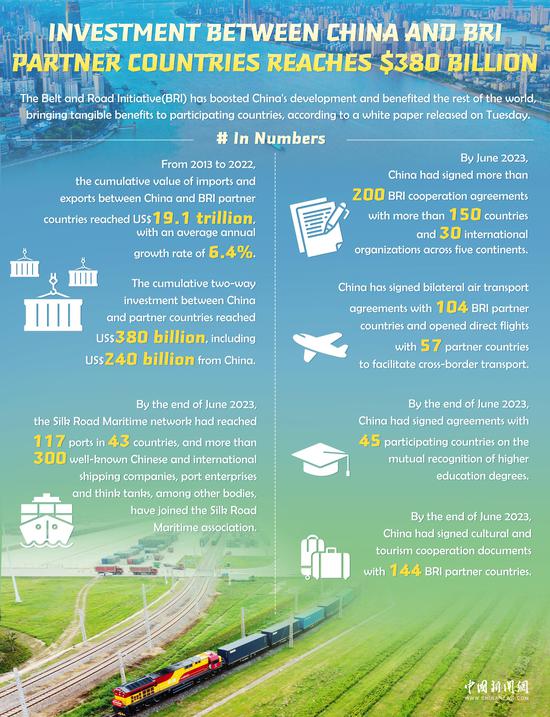
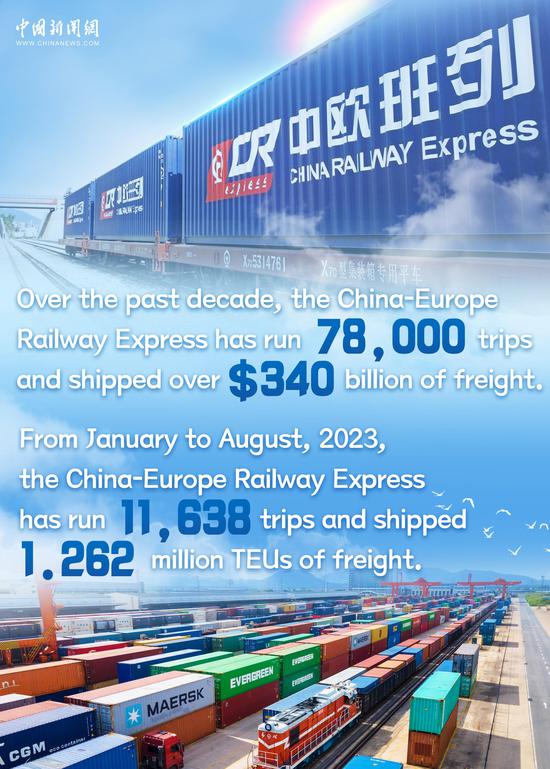

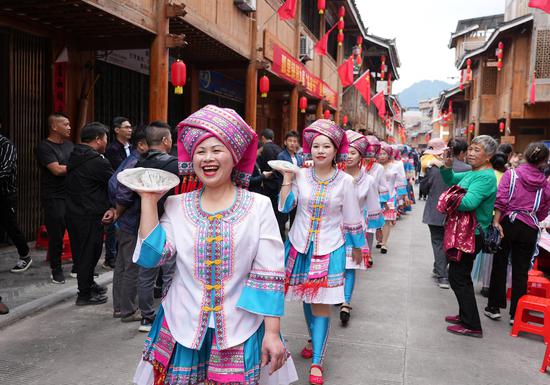
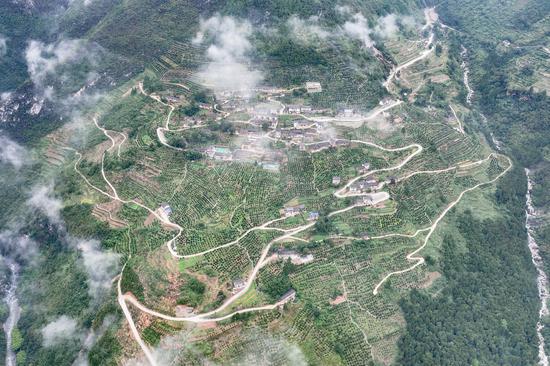



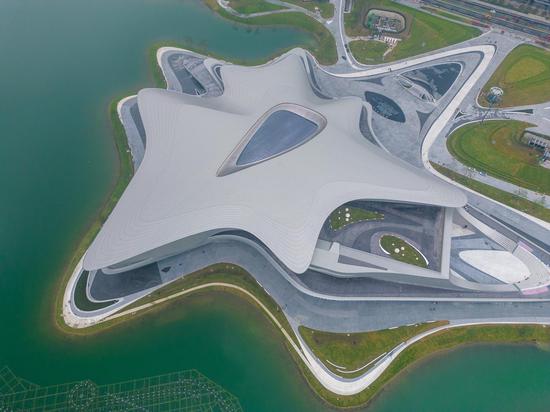

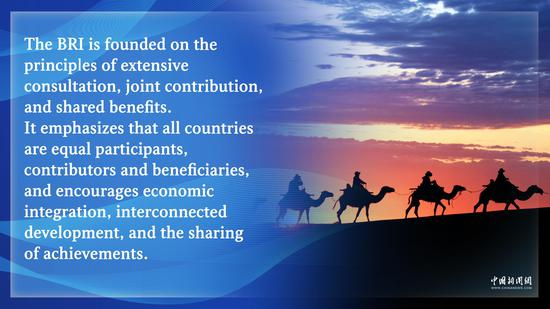
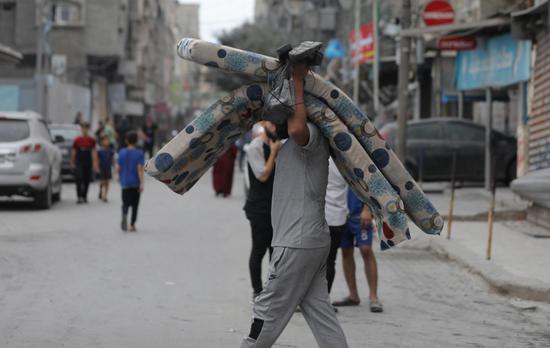

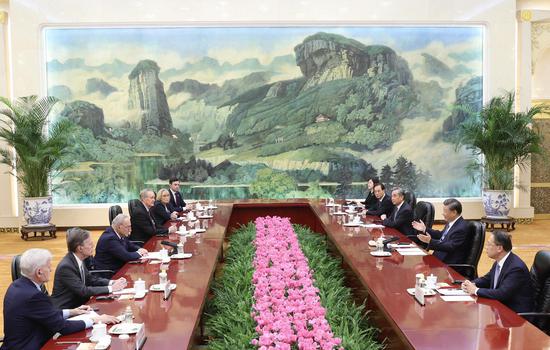

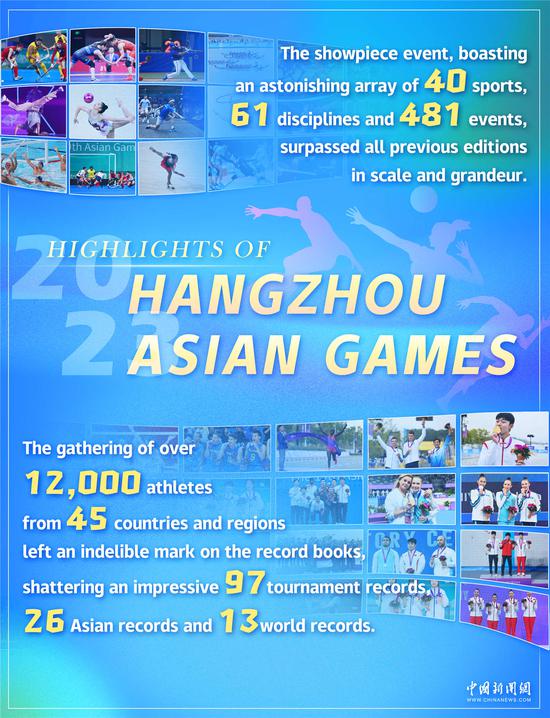
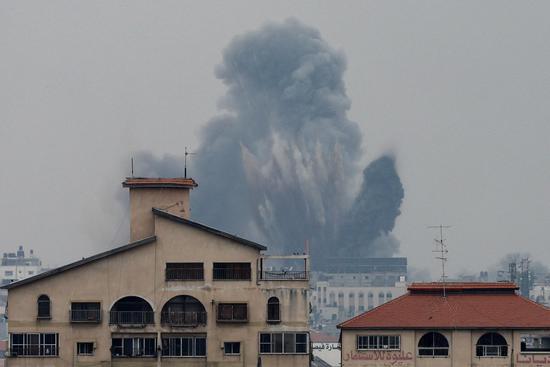


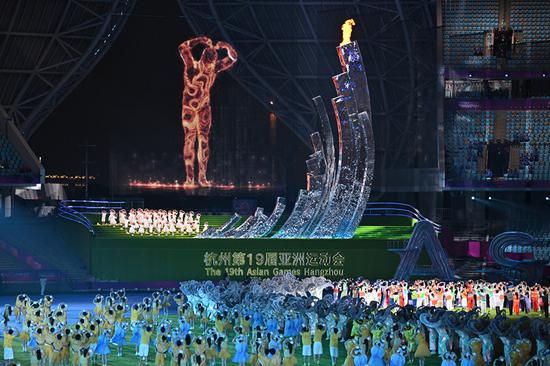
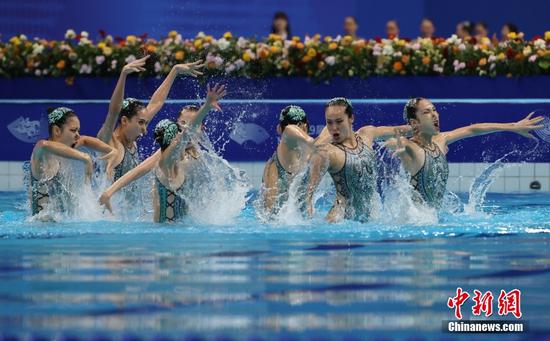
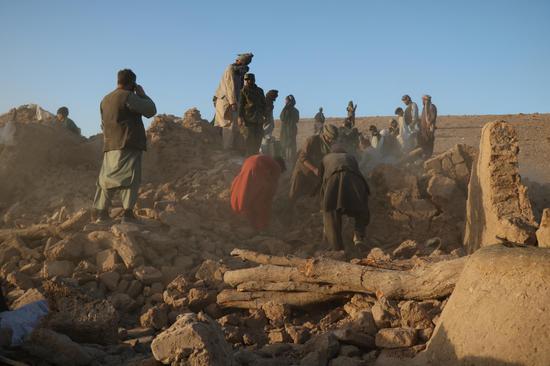
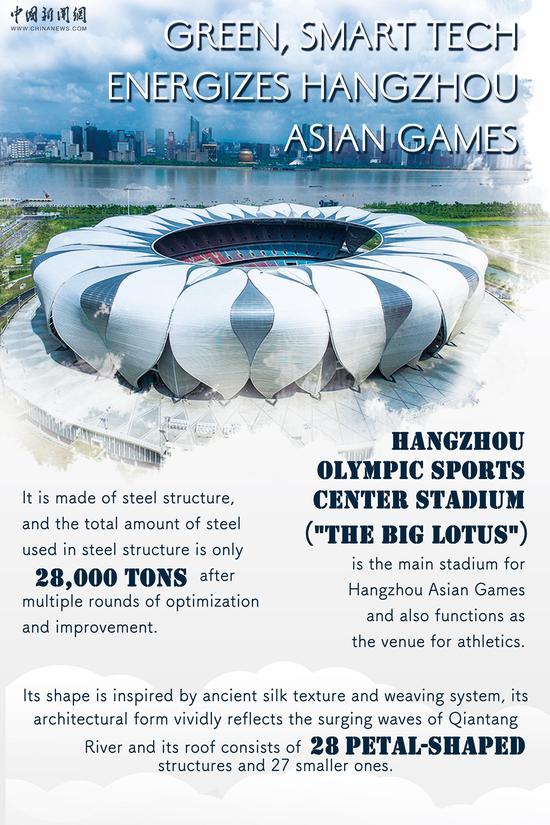

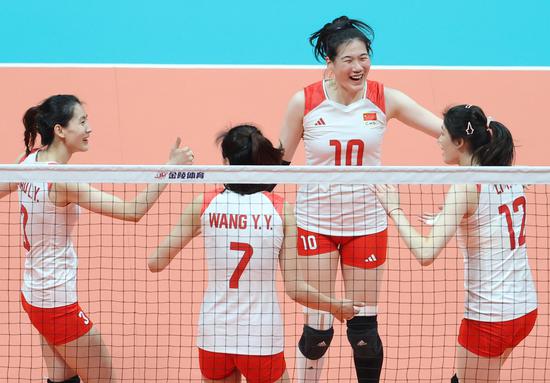

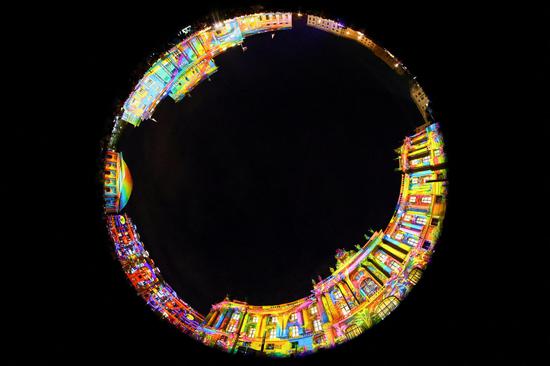



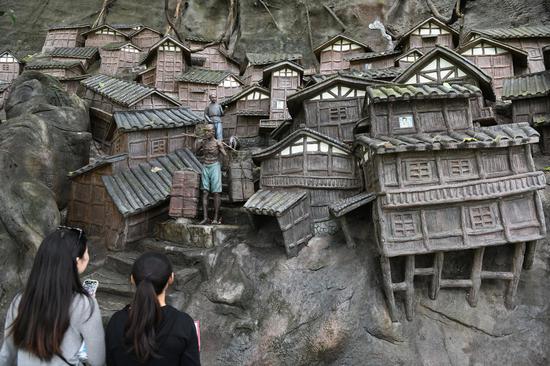
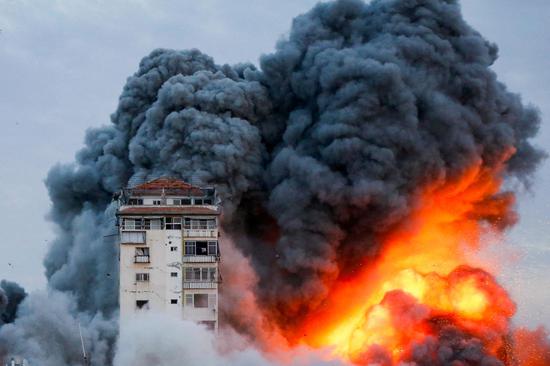
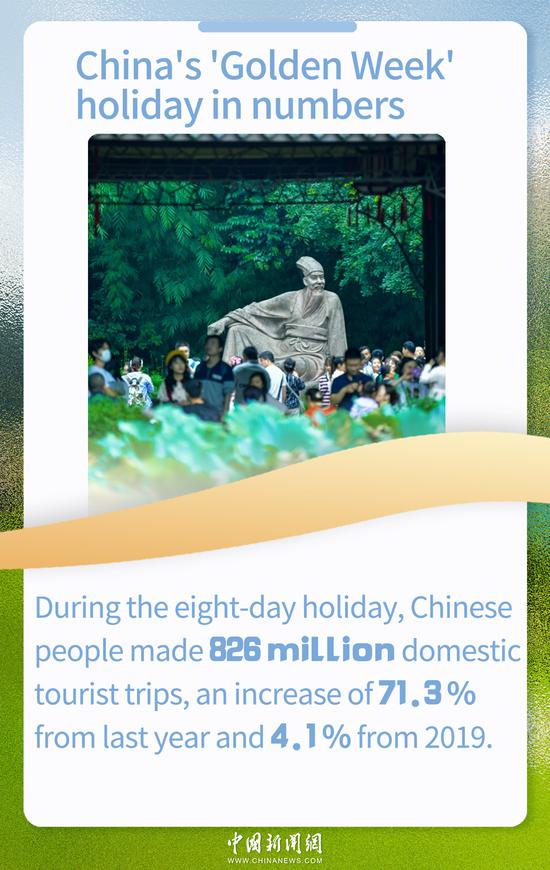
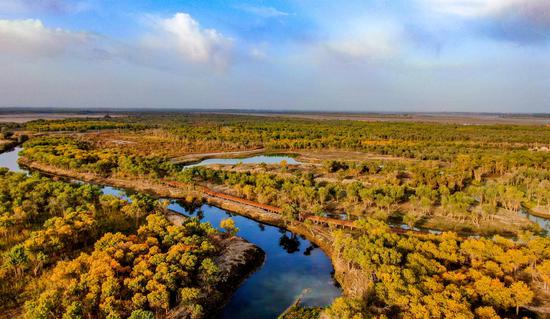

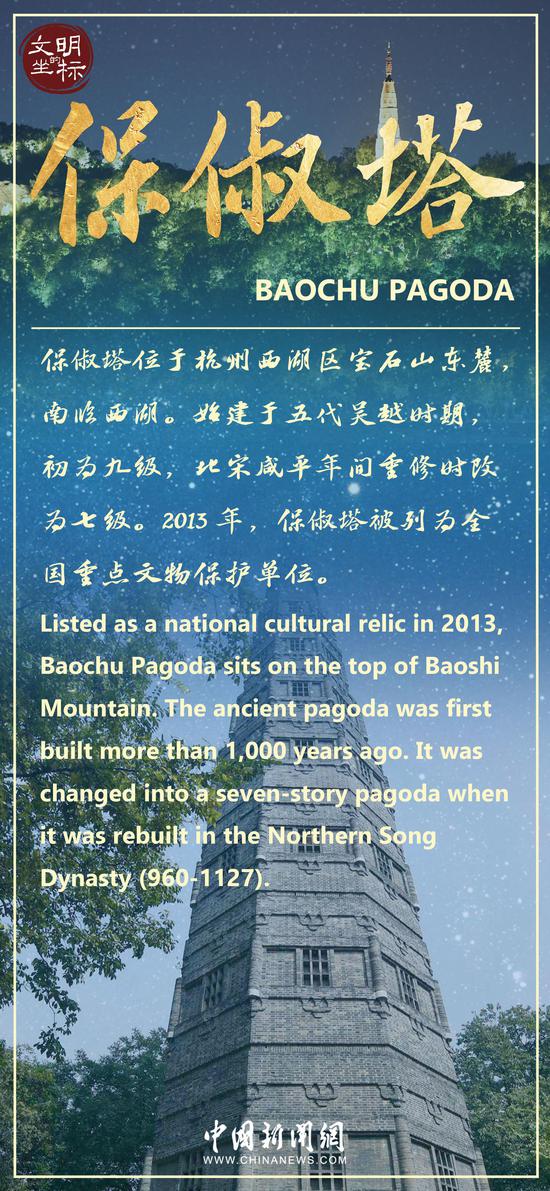


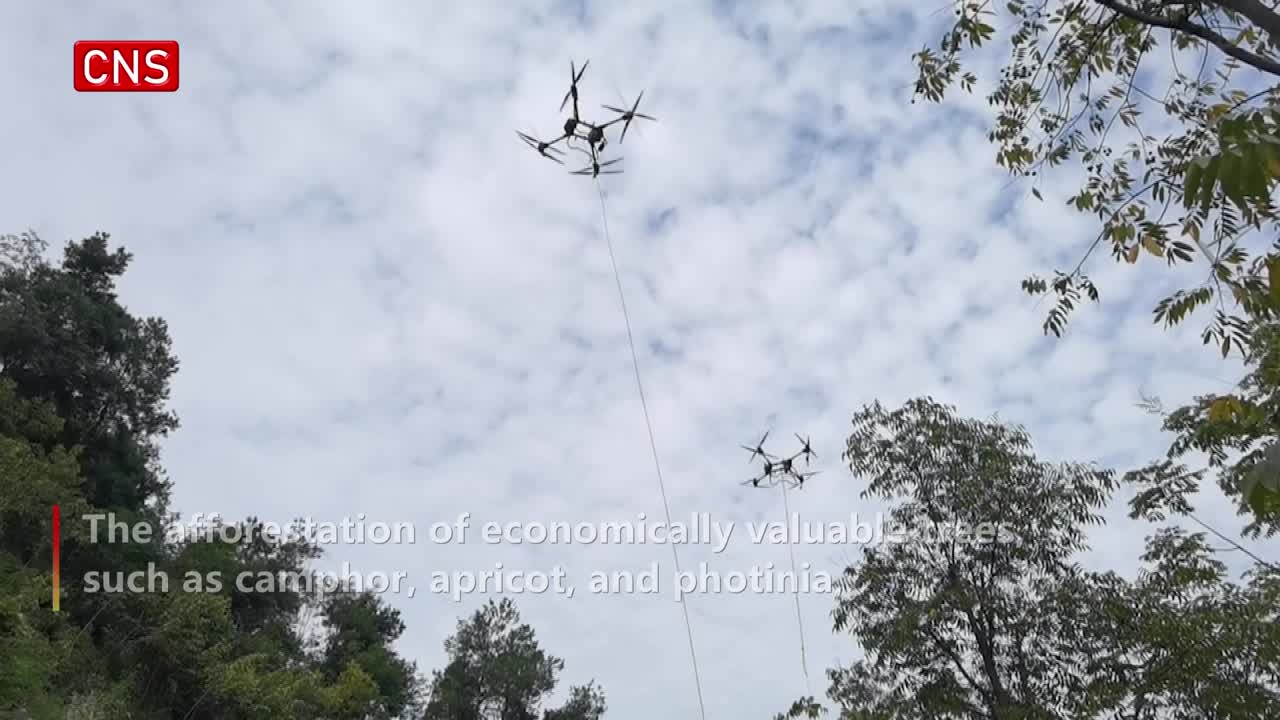

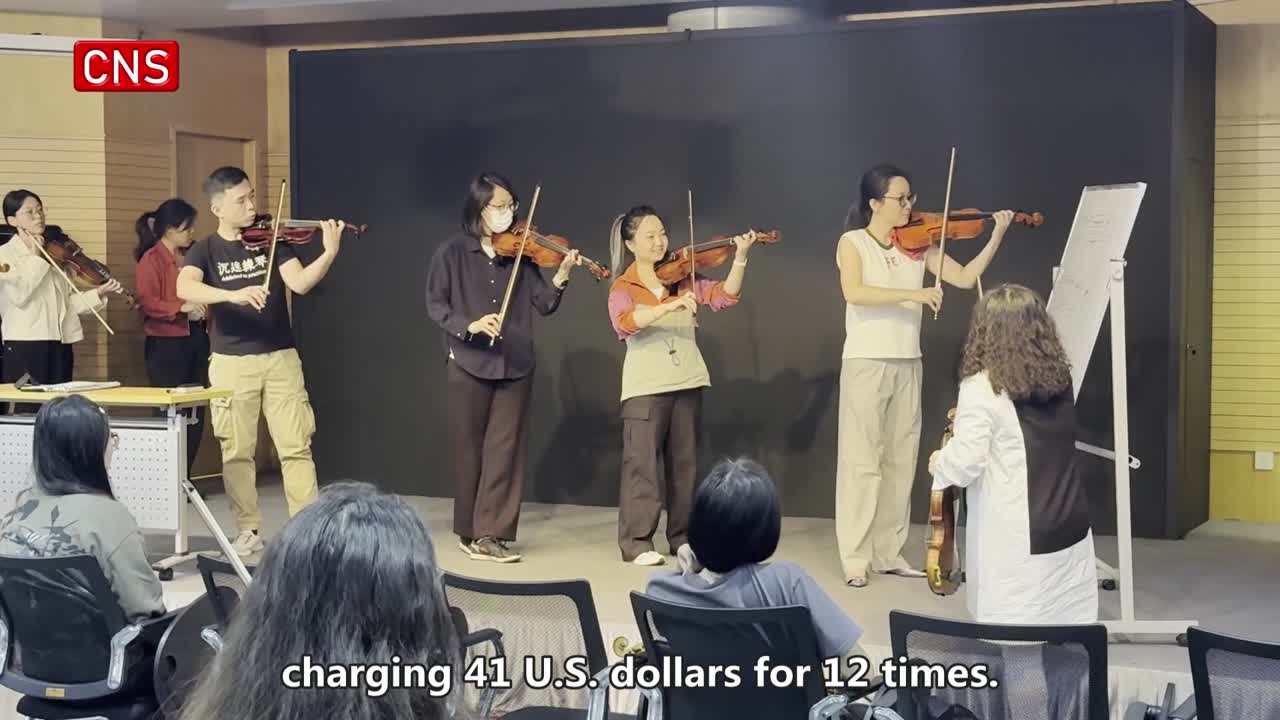

 京公网安备 11010202009201号
京公网安备 11010202009201号